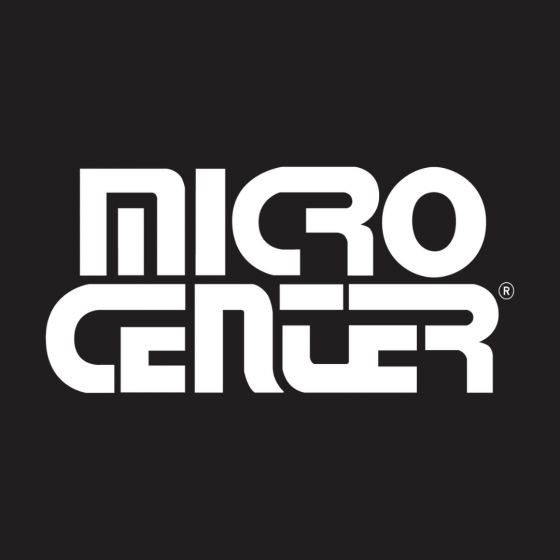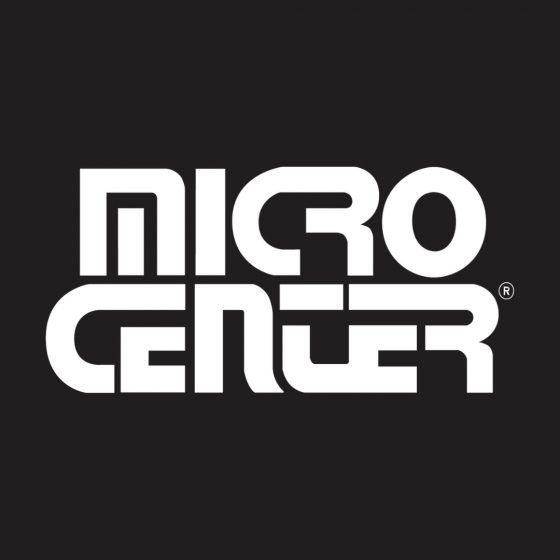What are the Differences Between Tower and Rack Servers?
Tower and Rack servers can serve different purposes. Here's what you need to know!Buying Guides
Choosing the right type of server is a difficult decision. There are countless choices and configurations as well as a wealth of information about servers. And yet, wading through all of this information is critical for users to set up a proper IT infrastructure. Choosing the right server can make or break an entire system, which is why proper research is crucial.
Tower servers and rack servers are two of the most common server configuration types that are found pretty much anywhere business is done. Both offer certain advantages and disadvantages over the other. These fundamental differences can help users design a server that works best for their needs. But before we get into the differences, we should discuss what a server is and what it does to better understand which option is appropriate for your needs.
What Is a Server?
A server is a computer that captures data and information from one computer or client and delivers the data and information to another computer via an in-house network or over the internet, adding functionality to networked computers. The computer sends a request to the server, and the server will then perform the requested action or process and send a response back to the computer.
Specialized servers can be optimized to perform and excel at certain tasks, such as applications or email. For most people, one server will run several programs that enable them to perform a variety of tasks. Businesses may not need dedicated servers for certain tasks, depending on the size of the company. One computer can utilize multiple servers and vice versa.
Technically, any computer can be used as a server, but most PCs typically do not have the processing power, storage, or proper hardware to optimize server processes, let alone the Server Operating Systems that enable most server functions. Servers are separate machines that can be configured in multiple ways to meet the needs of users. Two of the most common server configuration types are rack servers and tower servers.
What Is A Rack Server?
A rack server is a server configuration that stores servers in mounting slots secured with screws. The mounting slots are usually referred to as bays. Each bay can hold between one and eight servers. There are typically four size options for rack servers: 1U, 2U, 4U, and 8U. The U stands for 1.75 inches, so 2U is 3.5 inches tall. The screws ensure that the servers will not fall out of the bay. Some examples of the different sizes of the rack themselves are the CyberPower Systems 6U Carbon Wall Mount Enclosure and the CyberPower Systems 12U Carbon Wall Mount Enclosure.
Servers in this type of setup are stacked vertically. This configuration can save valuable floor space in compact workplace environments. A rack server configuration can easily consolidate network resources. You can commonly find rack servers in data centers with numerous servers.
Rack servers are able to slide in and out of the rack without much force applied. Technicians and employees can easily access rack servers and they can quickly change out servers when there are technical issues. Businesses can avoid more downtime when there is an issue with servers by utilizing rack servers. The open setup of rack servers also allows for better airflow, which can help with server cooling. An example of a high-quality rack server is the Dell PowerEdge R240 Server Computer.
What Is A Tower Server?
Tower servers are often mistaken for a desktop computer. In a tower server, the server is placed in an upright cabinet that stands alone. The tower server contains all relevant server components, such as hard disks, motherboards, CPUs, networking accessories, and cabling. The cabinet itself is known as the tower. Tower servers can be placed anywhere around an office or home. Users don’t have to set up a dedicated room for a tower server.
The independent design of tower servers allows network administrators to add them to existing networks easily. Users and businesses can simply purchase an additional tower server and bring it online. Tower servers can provide businesses and users with the basic functionality of servers.
Users typically customize tower servers for specific tasks and programs. Smaller businesses may find tower servers more useful, as they can a lot of value out of a singular tower server. One server can run multiple processes and applications that satisfy all of the user’s needs. Some high-quality tower servers include the Dell PowerEdge T140 Tower Server and the Dell PowerEdge T440 Server Computer.
What are the Differences Between Tower and Rack Servers?
Although rack and tower servers have a lot of similarities, there are a number of key differences. These differences can help users decide which type of server is the best choice for their needs.
Maintenance
Keeping a server up and running is important to ensure a computer or system runs as intended. Whether the user plans to use the server for eCommerce or emails, downtime can impact every aspect of a business. Regular maintenance can prevent any unexpected downtime.
The ease of access to servers in a rack server configuration can make maintenance and upgrades easier. Technicians can quickly open the bay to remove any malfunctioning servers, replace parts, or upgrade the server. However, there are potential issues in a rack server environment. The sheer number of servers in a rack server configuration can make troubleshooting more difficult. Users may have trouble locating the problematic server when in a rack server configuration.
Source: https://www.pexels.com/photo/electrician-fixing-an-opened-switchboard-257736/
Maintaining tower servers can be more time and labor-intensive than rack servers. Tower servers are typically more difficult to disassemble and access. Users may spend more time repairing and replacing parts as compared to a rack server. However, locating the problematic server is easier compared to a group of rack servers.
Scalability
Increasing the number of servers is necessary for some users and businesses. Rack servers are generally easier to scale. IT departments can add new rack servers with the existing ones. The newly installed rack servers can then be brought online to the network easily.
Users can continue to increase their number of tower servers to continue to meet their growing needs. Increasing the number of tower servers will most likely consume more space, as tower servers are bulkier. The additional cooling fans required for tower servers will also take up space.
Cooling
Keeping servers cool can help ensure maximum efficiency and expand their operating life. There are vital differences between cooling tower servers and rack servers. Due to the low density of tower servers, users will typically not need to add an entire cooling system. A simple fan will keep the internal temperature of the server low enough.
Rack servers typically require the purchase of a cooling system when there are multiple rack servers housed together. The cooling system will help servers avoid a heat buildup that could damage server components. The cooling system can add to the energy costs of operating a rack server.
Cabling
Cable management is important to properly maintain servers. The structure of rack servers typically makes the organization of cables easier. IT departments can easily manage all of the cabling required for a group of rack servers. Cabling can quickly become complicated in an IT infrastructure with multiple tower servers. Each individual tower server requires a keyboard, monitor, and mouse for management. Dealing with the cables can quickly become a headache for users.
Customization
A user may want to build their own server from scratch with a unique configuration of components. Typically, tower servers are more customizable than rack servers. Users can customize each tower server for a different purpose. Businesses can continue to customize their tower servers to meet their changing needs. Rack servers typically have the same components. The configuration of the rack makes it easier for each server to be nearly identical.
How to Decide Between A Tower or Rack Server
Deciding if a tower server or rack server is right can be a difficult task. Here are some questions that should help a user decide which is right.
What is the Goal?
One of the first questions to be asked is what you want to accomplish with the server? A small business has completely different needs than someone looking to build a server and PC exclusively for gaming. Defining the end goal can narrow down the server options.
Rack servers can be utilized to support a variety of computing infrastructure thanks to their processing power and storage capacity. Users can configure individual rack servers to handle specific processes and applications. Tower servers can also handle impressive computational loads, but users will need to purchase expensive components and upgrades. The tower server configuration could end up being more expensive than a group of rack servers.
Number of Servers
The number of servers that a user needs is another determining factor in choosing a tower or rack server. The storage and computing power needed can help a user determine which configuration will be best for their needs. For example, four hard drives and a processor should be enough for a small business with 25 workstations. A standard tower server can accommodate six drives and two processors, which is enough for most small business needs.
If a user is looking to scale the number of servers in a network, a rack server setup is likely the best option. IT departments can quickly add additional servers to a rack server configuration to add extra storage space and computing power. Most small businesses will be able to utilize a tower server to handle all of their IT infrastructures. Increasing the number of tower servers may not be beneficial in the long run. The space required for a large number of tower servers makes it less ideal for most environments.
Space Requirement
The amount of space available for the server or servers could determine whether a user chooses a tower or rack server. A rack server could end up taking up more space than a tower server, due to the rack’s additional space requirements. Some businesses may not have enough space to dedicate an entire room to a group of servers. A tower server can be hidden under a desk or placed in an area that isn’t in the way of employees and customers.
There are many factors that should be considered when choosing a rack or tower server configuration. Choosing the right type of server can help a user’s operations run smoothly with little downtime. The experts at Micro Center can help users build the exact server that fits their needs. Reach out to our team today to learn more about the different types of servers. Our team can help a user decide if a tower server or rack server is right for anyone's needs.








.png)
